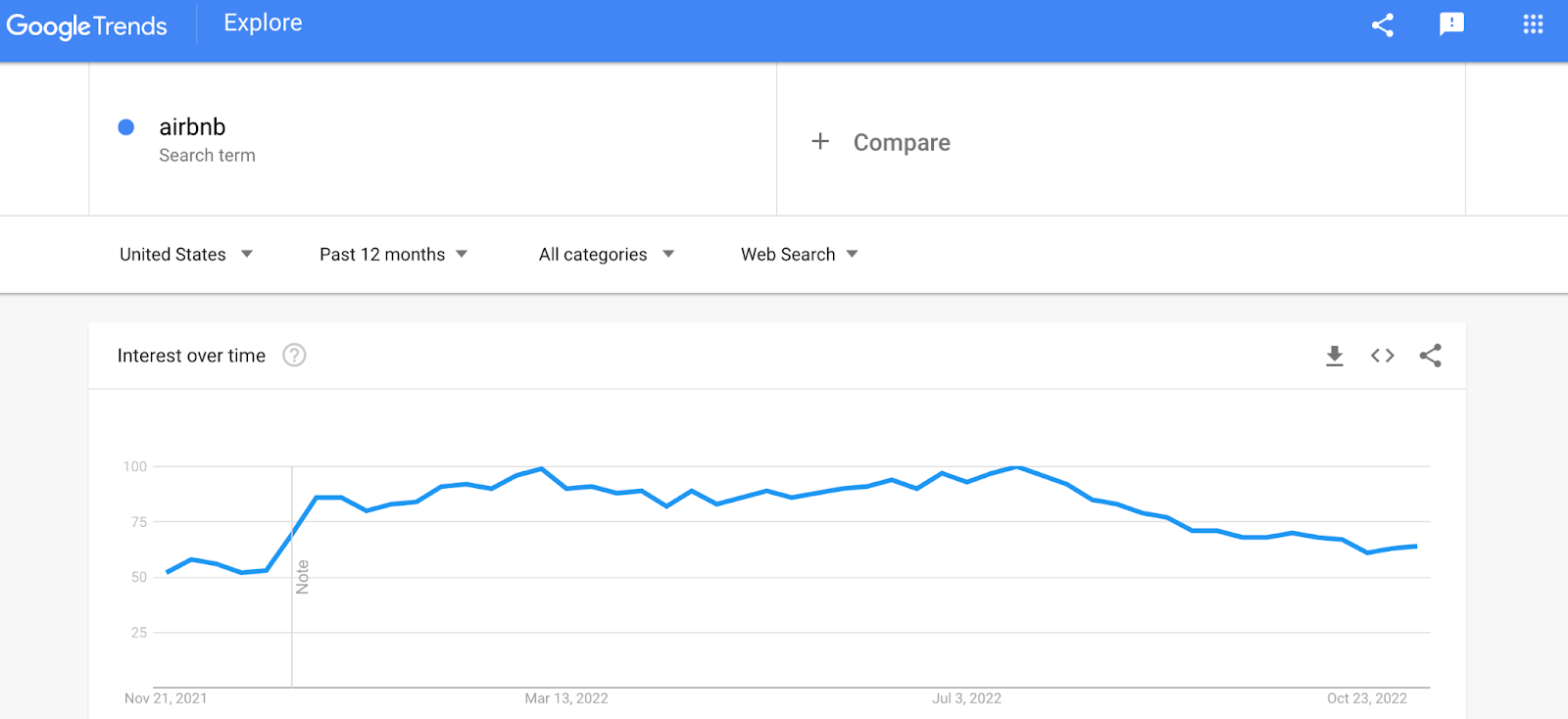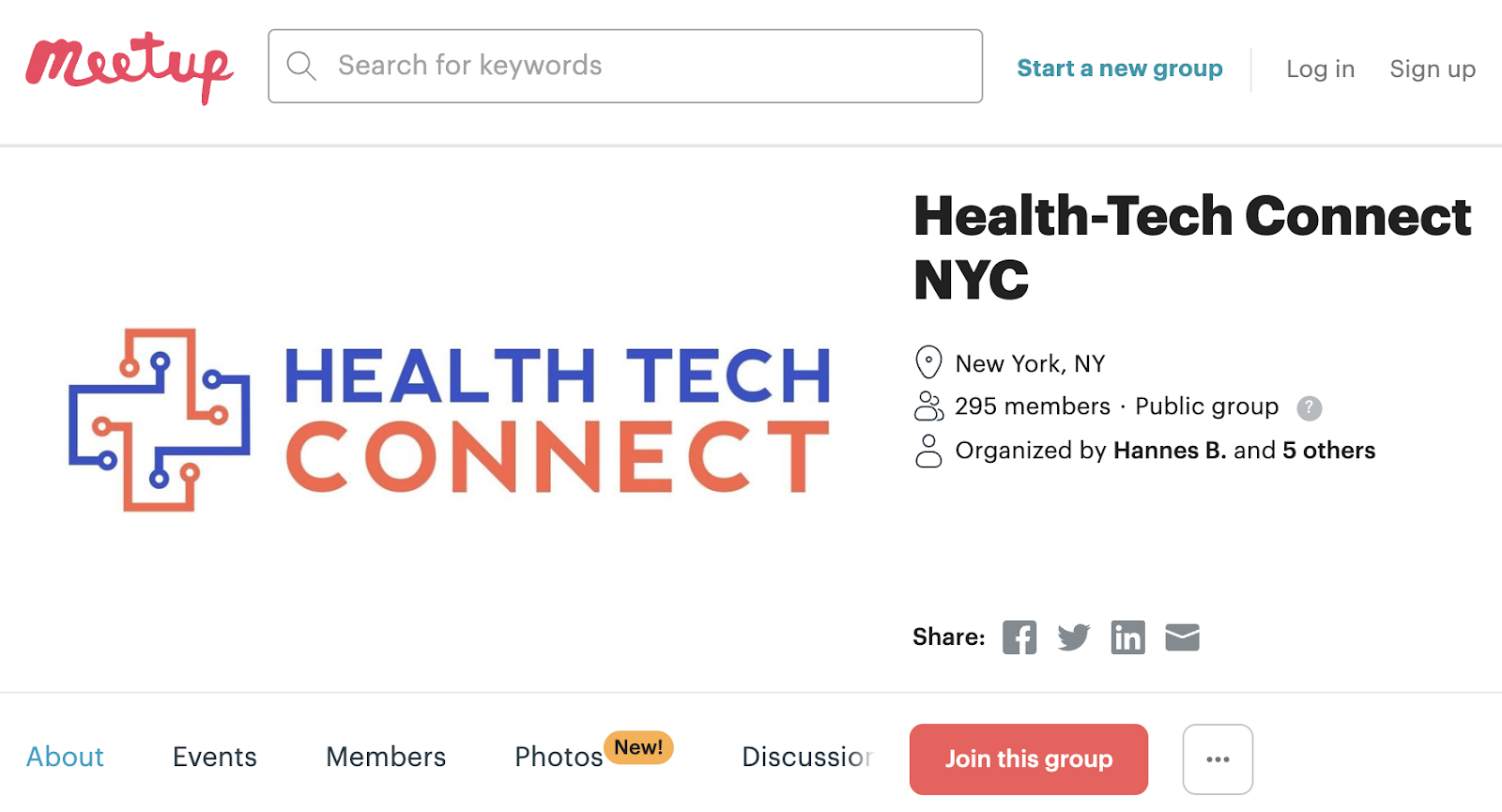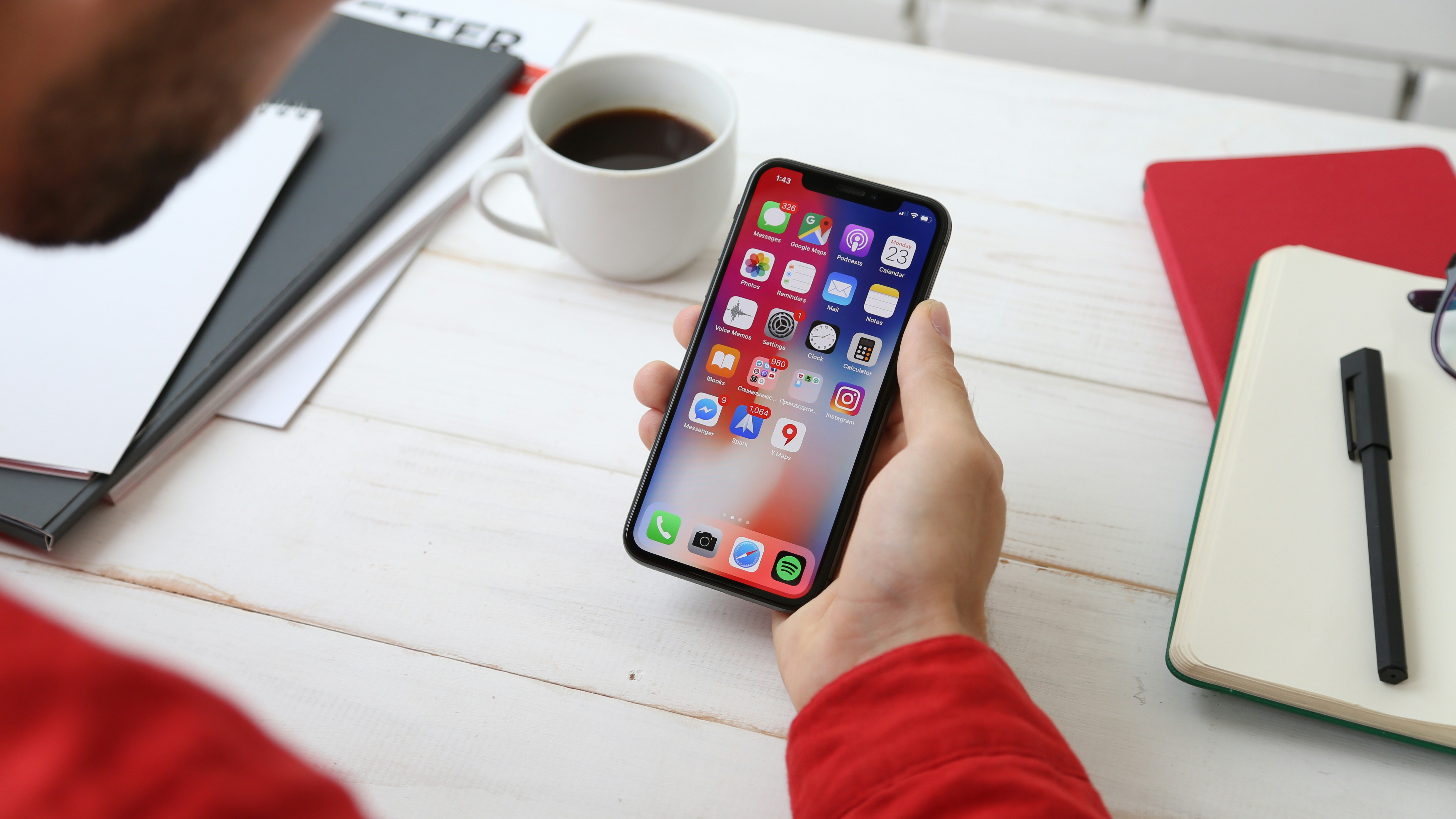Don’t Reinvent the Wheel: Easy Steps to Validate Your App
We’ve all seen the thousands of apps that pop up whenever we search “fitness” or “food” or “mental health,” and it’s impossible to know which app is...
7 min read
Written by Katie Iannace, Nov 28, 2022

So you’ve got an idea for an app. You think it might be a good one. Now what? You know you don’t want to invest thousands of dollars in development if the market doesn’t agree with you. How can you make sure that your target audience will value your app enough to use it on a regular basis? The answer is app idea validation. In this post, we’ll cover what app validation is, when to do it, and look at a step-by-step process to validate your app idea.
App validation is a simple process you can use to verify your assumption that the world needs your app. Building and marketing an app can be expensive, so before you pull the trigger, it’s always a good practice to take a step back and understand the risks and rewards of starting development. Once you’ve taken your app idea through a validation process, you’ll have greater confidence and more clarity about how and why you want to build your app. Anything you learn in the validation process will serve to make your app stronger and better, so it’s time well spent!
It’s never really too early to begin validating an app idea. There’s no worse feeling than assembling the right team and tools only to discover that your concept doesn’t really have legs. So, ideally, you should validate your app even before you start getting funding. Chances are, you might even gain a better idea of where to look for funding in the process of validating your app anyway. Ultimately, if you have a clear concept and a serious interest in making your app a reality, you should go ahead and start validating it.
The first and maybe the most important step to validating an app idea is to make sure it solves a real problem. Even the most creative app ideas won’t go very far if they don’t create value for a specific group of people. Ideally, your app idea should be a combination of inventive and useful. You might even consider writing out a problem statement to crystallize the pain you’re trying to address. A good problem statement should answer:
For example, a dog-sitting app might have a problem statement like, “We help busy dog owners find quality care for the creatures they love by connecting them with local pet sitters.”
Even if your app would solve a significant problem for a group of target users, your idea probably won’t be successful if there aren’t enough people in that group. How many people should you be looking for? The answer will vary depending on the nature of your app and your marketing strategy. If you’re planning to charge a monthly fee of $50 to access the app, you won’t need as many prospects as you would if you were to release a $0.99 app.
Learn more: 6 Strategies to Monetize Your App
To get an idea of how large your target audience is, type a few search terms that your prospects would use to find a solution to the problem your app solves into Google Ad Planner. You can also look for social media groups or forums that focus on the issue your app addresses.

To create an app that people will use regularly, you’ll need to get inside the minds of your prospects. What frustrates them the most about the issue they’re facing? What have they already tried, unsuccessfully, to solve the problem? Are there related problems that they need to fix? How do they describe their pain points? What are they looking for in an ideal solution? The more questions you ask, the more you’ll understand and the better you’ll be at meeting their needs in an exceptional way.
To learn this information, read the threads in the social media groups or forums you found in Step 2. You’ll also gain invaluable insight by conducting one-on-one phone interviews with several people in your target audience. You may also want to read the reviews of apps that are most similar to what you have in mind.

If you check out what’s trending in the App Store or Google Play, you can get an idea of the types of apps that are resonating with users. This strategy won’t tell you anything about your specific target market, but it will provide a look at what the masses are looking for. If your app targets a broad base of users, this info can be helpful.

There’s a good chance you’re not the first one to try to solve the problem you’ve identified. As part of your app idea validation process, you’ll need to conduct a competitive analysis to understand if your idea has a fighting chance in the market. Just because you have competitors doesn’t mean you need to abandon your idea, but it’s important to understand their popularity and strength before you attempt to take them on. Ask yourself, who else is trying to solve this problem? How much market share do they have with my target audience? What will my app do better or differently that could set it apart in the market?
To start a list of competitors, go back to the App Store or Google Play and search to find similar apps. Take note of their downloads and ratings. Then, use Google Trends to get a sense of the app’s popularity over time. You might also consider using a tool like Keywords Everywhere or Ubersuggest for an idea of current search traffic or conducting an informal survey with your target audience to gauge their familiarity with your competitors.

The sooner you can engage with the community you’re trying to reach, the better you’ll be able to validate your app concept. For example, if your target audience is healthcare professionals, see if you can attend a medical conference or event for folks in that field. Talk about your app idea and solicit feedback. Who knows, you may discover something you hadn’t considered before—like a challenge or nuance your app will need to overcome. It’s always better to learn your assumptions were wrong on the front end than after pouring time and money into your app. Best case scenario, the community affirms your assumption that your app would address an important need. Rather than just listening to your audience like you did in Step 3, engaging with them will also help you generate a buzz about your app and what you’re trying to accomplish.
Now that you have much more information about your audience, it’s time to map out your customer’s journey. This is when you’ll need to start zooming in and considering how your customers will interact with your app. You should be asking yourself questions like:
There are plenty of free templates online to create your own customer journey map, but an old-fashioned pencil and piece of paper will work just as well. What’s important is that you understand and can articulate the user’s interaction with your app.
You’re not the first person to start with an idea and turn it into an app. That’s good news because it means that there are plenty of people who have gone through the app validation process and might be willing to help you. Entrepreneur LinkedIn groups, tech conferences, and startup forums are all great places to find people who have been in your shoes. Try searching Meetup.com for a public group related to your app.

Unless you’re planning to create a prototype of your app with your own money, you’ll need to find at least a partner or two who believe in your idea and want to help you make it happen. The experts you talked to in Step 8 can be a great resource for you as you seek funding. You’ll want to approach people who have invested in similar ideas at a similar stage. Try searching for pre-seed funding options and incubators in your area, as these are often a great source of money and other support for app development. Crowdfunding or fundraising from friends and family is also a common way to pull together the initial investment needed to make your minimum viable product.
After you’ve worked your way through the previous steps, you should have a thorough understanding of your audience and a rough idea of how large that audience is. If you’re still confident that your idea has potential, it’s time to create a minimum viable product (MVP).
An MVP is similar to a prototype in that it’s not a fully-developed product. However, an MVP is fully-functional. You can put it out into the world to see how it performs. You’ll only build out the most important features that are needed to solve the primary pain points you’re targeting, so you won’t spend excess time and money on development. The app will function just like the “real” one will, but it won’t have all the features you’re planning to eventually include.
Once you have your MVP, you can put it out into the market for feedback. In addition to sharing it in social media groups and forums, you can spread the word to your network and ask your contacts to share the app with people in your target audience. Also, go back to the people you interviewed in Step 3 and ask for their feedback.
You can do this step either before or after you create your MVP. If you want some additional assurance that there’s a market out there that’s hungry for your app before you build it, create a “Coming Soon” launch page. This page should be simple and clearly communicate your app’s unique value proposition (UVP) in just a headline or two. You’ll collect email addresses via a form with a CTA that reads, “Tell me when it’s ready!” or something similar.
Once your page is built, you can run an AdWords campaign or Facebook ad campaign to promote the page and see how many signups you get. As a bonus, once your app launches, you’ll have a list of opt-in prospects ready to go, giving you a jumpstart on marketing.

Now that you’ve validated your app, it’s time to identify what you need to make it real. Your app needs might include an app development partner, a funding source, a team of people to market and support the app. This is the time to pull together everything you’ve learned in the app validation process and get clear about what’s next. That way, when you’re ready to press “go” on development, you won’t waste any time getting started.
It’s also helpful at this point to set specific benchmarks about what proof of concept you need to see before you get started. For example, is it a number of opt-ins on your coming soon page? Is it a specific number of positive reviews from your MVPs? Whatever the metric, be sure to give yourself a clear goal so that you know when and if you should proceed with your app.
While there are no guarantees in life, if you follow these 12 steps you’ll have a pretty good idea if your idea has merit or if it will fall flat once you release it. The time you spend on researching and validating your app ahead of time will be both time and money saved in multiples later.
Have you validated your app idea? It’s time to start building. Reach out to schedule a consultation and take your next step toward bringing your app idea to life.
You might also like:
Subscribe to our newsletter.

We’ve all seen the thousands of apps that pop up whenever we search “fitness” or “food” or “mental health,” and it’s impossible to know which app is...

If you don’t already have one, it can be hard to imagine how your business might benefit from its own custom mobile app. But trust us: Existing...

1 min read
For startups, nailing down the best platform to target for the initial build is a big decision. Starting with only one platform for your MVP makes...